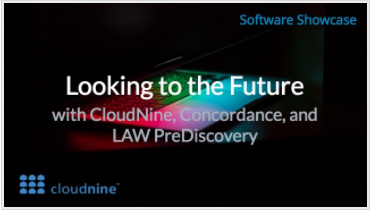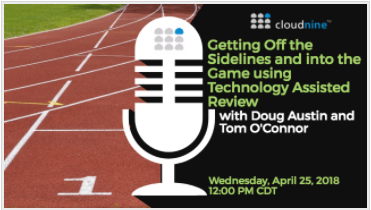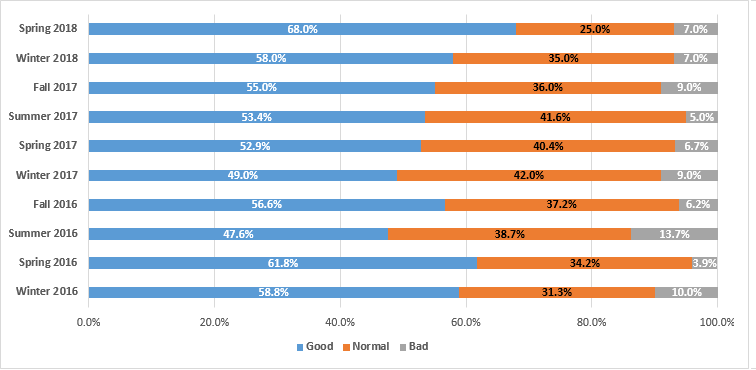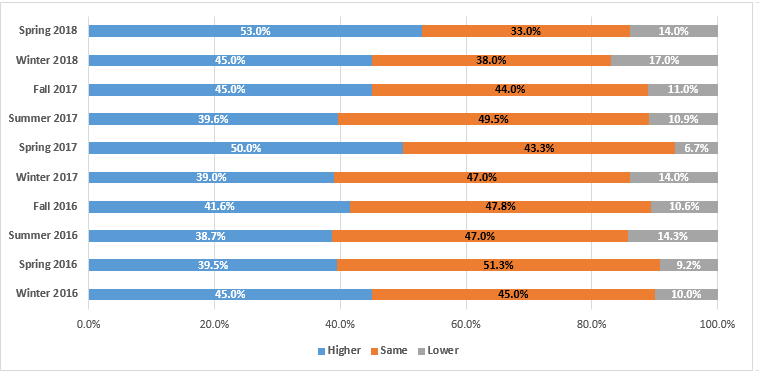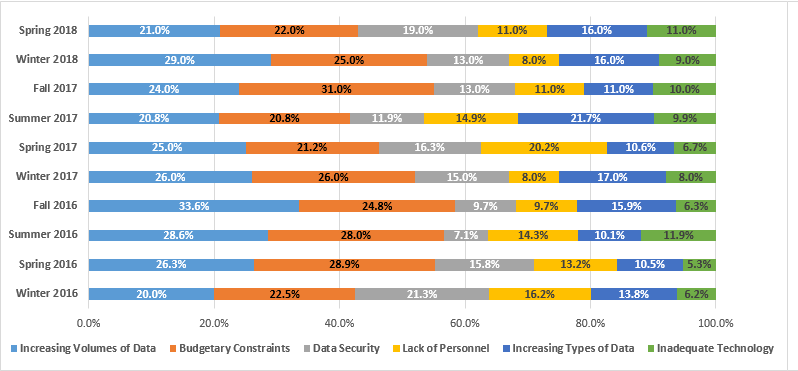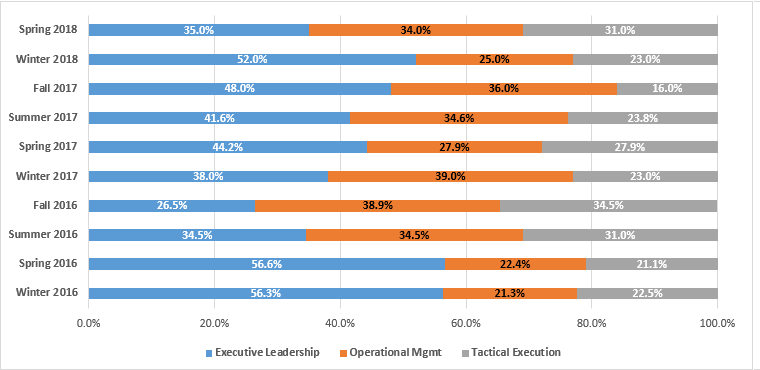Looking to the Future with CloudNine, Concordance and LAW PreDiscovery: eDiscovery Webcasts
CloudNine recently acquired the Concordance, LAW PreDiscovery and Early Data Analyzer platforms. So, who is CloudNine, why did they acquire these products and what is their vision for them going forward? If you’re an existing user of these products, now’s your chance to find out!
During the month of May, CloudNine will conduct the webcast Looking to the Future with CloudNine, Concordance and LAW PreDiscovery LIVE on three separate occasions. In this one-hour webcast, we will provide an overview of CloudNine, the vision for our new robust suite of products and how they will extend and enhance your data and legal discovery efforts. We’re conducting the webcast three different times to make the webcast presentation more interactive, giving existing customers of our products a chance to have their questions addressed, so you’ll want to register for one of these dates if you want to attend. The webcast will include both a presentation and a demonstration of our CloudNine platform:
Presentation Highlights:
- Who is CloudNine?
- What We Do and How We Solve the Problems
- Considerations for On-Premise, Off-Premise and Hybrid Approaches
- What the Acquisition Means for Current On-Premise Customers
- Looking to the Future with CloudNine Off-Premise and On-Premise Products
Demonstration Highlights:
- CloudNine Automated Legal Hold
- CloudNine eDiscovery Platform (Upload/Process/Review/Produce)
- CloudNine Automated Data Preservation and Collection
The three dates for the webcast are:
- Wednesday, May 2, 2018 (click to register here)
- Tuesday, May 8, 2018 (click to register here)
- Thursday, May 17, 2018 (click to register here)
All times are noon CST (1:00pm EST, 10:00am PST).
So, what do you think? Do you use Concordance, LAW or EDA? Then, come join us! And, as always, please share any comments you might have or if you’d like to know more about a particular topic.

Sponsor: This blog is sponsored by CloudNine, which is a data and legal discovery technology company with proven expertise in simplifying and automating the discovery of data for audits, investigations, and litigation. Used by legal and business customers worldwide including more than 50 of the top 250 Am Law firms and many of the world’s leading corporations, CloudNine’s eDiscovery automation software and services help customers gain insight and intelligence on electronic data.
Disclaimer: The views represented herein are exclusively the views of the author, and do not necessarily represent the views held by CloudNine. eDiscovery Daily is made available by CloudNine solely for educational purposes to provide general information about general eDiscovery principles and not to provide specific legal advice applicable to any particular circumstance. eDiscovery Daily should not be used as a substitute for competent legal advice from a lawyer you have retained and who has agreed to represent you.

